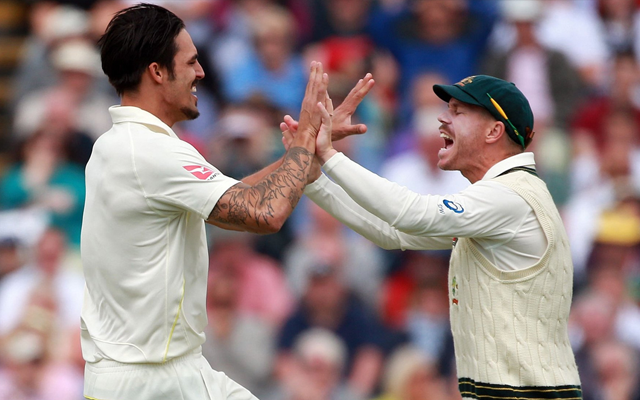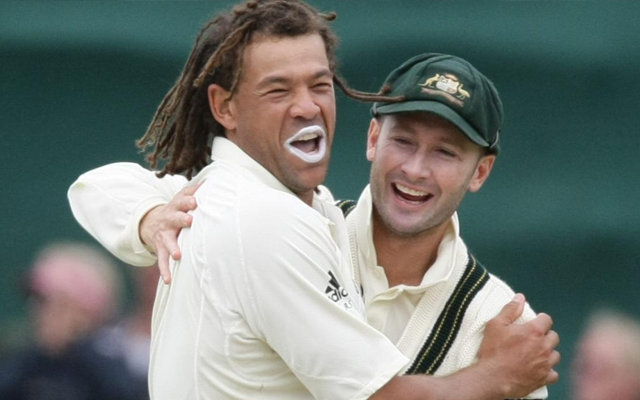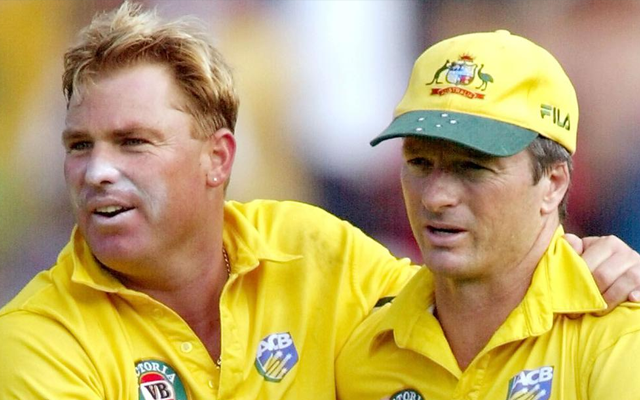- Dec 2, 2024
- Oct 3, 2023
Australia boasts a rich cricketing history, deeply woven into the nation’s identity. The sport has captured the hearts and imaginations of generations. The country has produced some of the greatest players the world has ever seen, including the legendary Sir Donald Bradman, the spin wizard Shane Warne, and the batting maestro Ricky Ponting. These iconic figures, along with countless others, have etched their names in the annals of cricket history with their remarkable performances.
However, some great Australian players, although great at what they did, didn’t get along with each other. Here’s a look at three such pairs of Australian players:

Two iconic Australian cricketers, Mitchell Johnson and David Warner, have found themselves at odds in a recent public dispute, shattering the image of their long-standing teammate bond. Both players have represented Australia with immense pride and success, including the triumphant 2015 World Cup campaign. However, cracks in their relationship have emerged in the past few days, casting a shadow over their shared cricketing history.
The discord began when Johnson publicly criticized Warner for failing to fully acknowledge and apologize for his involvement in the infamous “sandpaper gate” scandal. He further questioned the rationale behind awarding Warner a farewell Test series, citing his recent poor performance in the format. Later, Johnson revealed a “distasteful message” received from Warner in April, which he attributed to his frustration and subsequent public statements.

Michael Clarke and Andrew Symonds were once the epitome of Aussie mateship. Their bond, forged on and off the cricket field, fueled both personal and professional triumphs. But like many friendships, theirs eventually succumbed to internal conflicts. The turning point arguably came with Symonds’ lucrative IPL deal in 2008. As the most expensive overseas player in the inaugural auction, nabbed by the Deccan Chargers for a staggering 1.8 million dollars, Symonds’ financial success allegedly triggered a shift in Clarke’s demeanour.
Tensions escalated during Clarke’s captaincy when Symonds was sent home from a series for missing a team meeting to go fishing. This incident, coupled with Symonds’ subsequent public criticism of Clarke’s leadership, further strained their relationship. Clarke responded to Symonds’ critiques by pointing to the 2005 incident where Symonds reportedly arrived for an international game inebriated. This public exchange of accusations only served to widen the chasm between the two cricket legends and things were never the same again.

Shane Warne and Steve Waugh are two of the greatest figures in Australian cricket history. Both were brilliant players who led their country to numerous victories. However, their relationship was far from ideal, characterized by years of tension and public animosity. The roots of their strained relationship can be traced back to the late 1990s when Waugh was captain of the Australian Test team. In 1999, Waugh controversially dropped Warne for the final Test of a tour of the West Indies. This decision deeply angered Warne, who felt unfairly targeted and betrayed.
Warne never forgot this, and over the years he frequently criticized Waugh publicly. He labelled him as “the most selfish cricketer I’ve ever played with” and ridiculed his “ridiculous” on-field policies. Waugh, in turn, downplayed the feud, claiming that he had to make the decision that was in the best interests of the team. The strained relationship between Warne and Waugh undoubtedly impacted the Australian cricket team. It created an atmosphere of division and tension within the dressing room according to multiple players of that era.